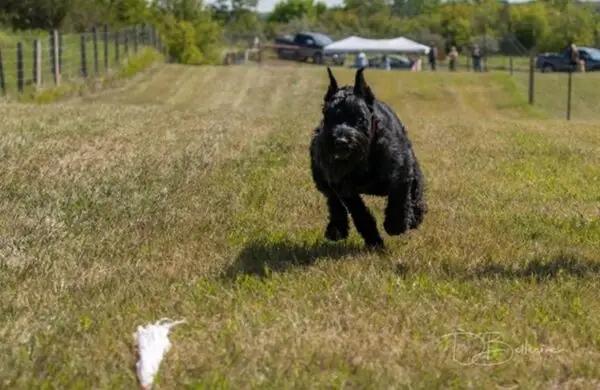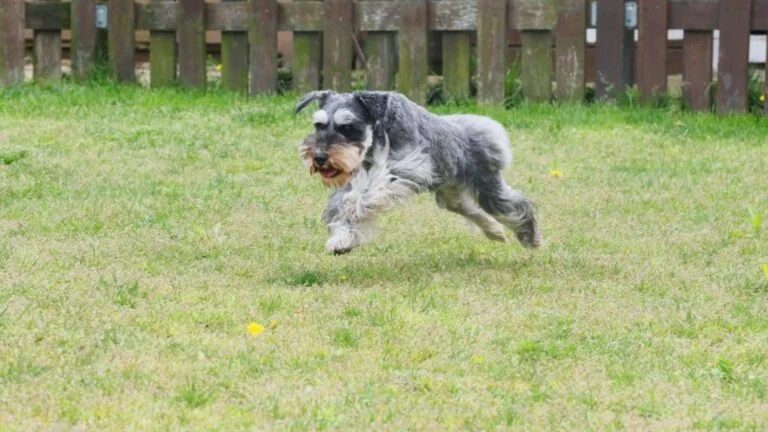How to Train Schnauzer Not to Bark
Welcome to a comprehensive guide on mastering silence: how to train Schnauzer not to bark. Barking is a natural behavior for Schnauzers, but excessive or nuisance barking can be disruptive. In this article, we’ll explore effective techniques for training your Schnauzer to bark less, using positive reinforcement, desensitization methods, and management strategies. Whether you’re dealing with incessant barking or simply want to teach your Schnauzer to be quieter, let’s embark on this training journey together.
Understanding Schnauzer Barking Behavior
Schnauzers, like many other breeds, use barking as a form of communication. They may bark to express excitement, alertness, or anxiety. While some barking is normal, excessive barking can become problematic, leading to complaints from neighbors or disturbances within the household.
Before we delve into training techniques, it’s essential to understand the reasons behind Schnauzer barking:
How to Train Schnauzer Not to Bark
Training your Schnauzer not to bark requires patience, consistency, and positive reinforcement. Here are effective techniques to help you achieve a quieter household:
1. Positive Reinforcement
Use positive reinforcement to reward your Schnauzer for quiet behavior. Whenever your dog remains calm and refrains from barking in situations that typically trigger barking, praise them and offer treats or toys as rewards.
2. Desensitization
Gradually expose your Schnauzer to stimuli that trigger barking, such as the doorbell ringing or strangers passing by. Start at a distance where your dog remains calm and gradually decrease the distance over time as they become more accustomed to the stimulus. Reward calm behavior and redirect their attention to you.
3. Management Strategies
Implement management strategies to reduce opportunities for barking. Provide mental and physical stimulation through interactive toys, puzzle games, and regular exercise to prevent boredom, which can lead to excessive barking. Additionally, create a calm environment by minimizing triggers such as loud noises or sudden movements.
Training Tips for Success
When training your Schnauzer not to bark, keep the following tips in mind:
1. Be Consistent
Consistency is key in training. Set clear expectations and enforce them consistently to reinforce desired behaviors.
2. Practice Patience
Training takes time, so be patient with your Schnauzer as they learn. Avoid getting frustrated and remain calm and positive throughout the training process.
3. Seek Professional Help if Needed
If you’re struggling to address excessive barking or if your Schnauzer’s barking poses a significant challenge, consider seeking guidance from a professional dog trainer or behaviorist who can provide personalized advice and assistance.
FAQs: Addressing Common Questions
Q1: Are Schnauzers prone to excessive barking?
A1: Schnauzers can be prone to barking, especially if not properly trained or if they are bored or anxious. However, with consistent training and management strategies, excessive barking can be reduced.
Q2: Can Schnauzers be trained not to bark at specific triggers?
A2: Yes, Schnauzers can be trained to be less reactive to specific triggers through desensitization and positive reinforcement techniques. With patience and consistency, you can teach your Schnauzer to remain calm in various situations.
Q3: Is debarking a viable option for reducing Schnauzer barking?
A3: Debarking, or surgical vocal cord removal, is not recommended as a solution for excessive barking in Schnauzers or any other breed. It is considered inhumane and can lead to complications and behavioral issues.
Conclusion: Achieving Peace and Quiet
Training your Schnauzer not to bark requires dedication and commitment, but with the right techniques and consistent effort, you can achieve a quieter and more harmonious household. By using positive reinforcement, desensitization methods, and management strategies, you can teach your Schnauzer to bark less and enjoy a peaceful coexistence.








